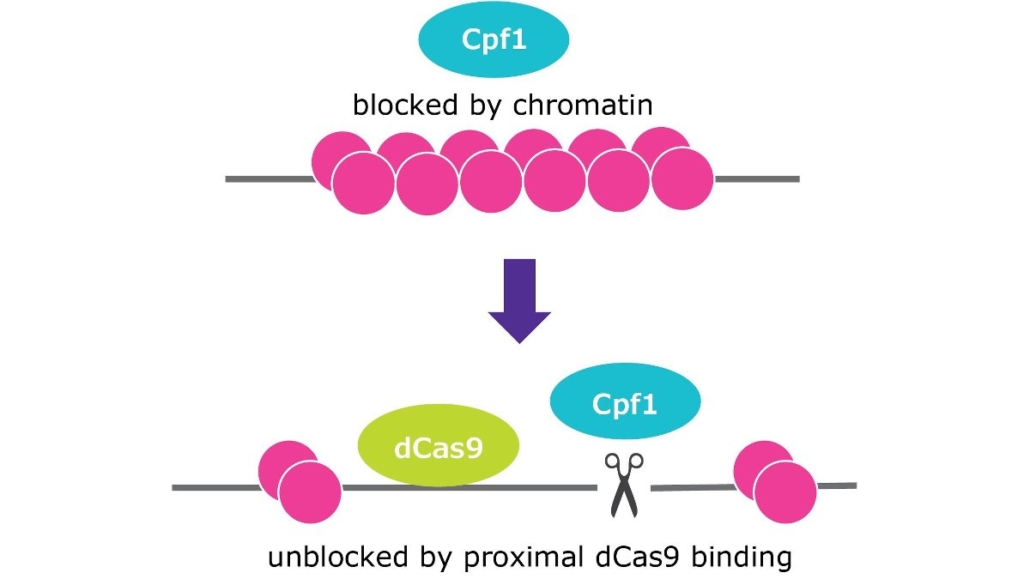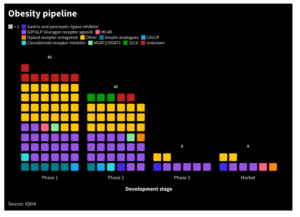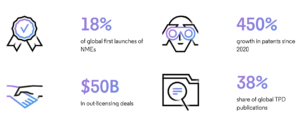
Merck presents new CRISPR genome editing method
German Merck KGaA has developed a new genome editing tool dubbed proxy-CRISPR providing access to previously inaccessible microenviroments of the genome by modification of chromatin modifications.
Company spokesman Karen Tiano told European Biotechnology that the method, set to be launched by MilliporeSigma later this year for research use, works with Cpf1 nuclease (type V). In mid-April, Feng Zhang’s lab (MIT/Broad Institute) had presented Cpf1 application to treat muscular dystrophy in Science Advances. proxy-CRISPR (which had been presented one week earlier in Nature Communications) can certainly be regarded as an improvement to existing CRISPR systems, including Cas9 and Cpf1 type systems, she said. However, neither Tiano nor Feng Zhang could say if there were any conflicts regarding patent infringement. Additionally, proxy-CRISPR reversed nuclease function of II-B FnCas9 from Francisella novicida in a target specific manner.
According to Merck proxy-CRISPR prevents time-consuming re-engineering of natural bacterial CRISPR systems blocked at several genomic loci in order to make them work into human cells. With more flexible and easy-to-use genome editing technologies, there is greater potential in research, bioprocessing and novel treatment modalities, said Udit Batra, Member of the Merck Executive Board and CEO, Life Science.
CRISPR genome editing technology is set to considerably advance treatment options. Merck believes that proxy-CRISPR could overcome the limited targeting abilities of the original CRISPR enzyme in human cells, thus widening the range of druggable genomic targets.


 IQVIA
IQVIA White House
White House Clarivate
Clarivate